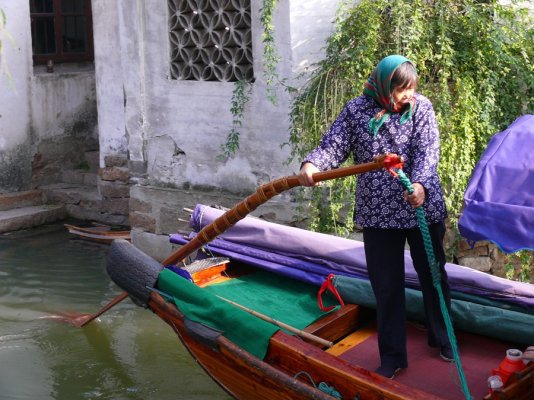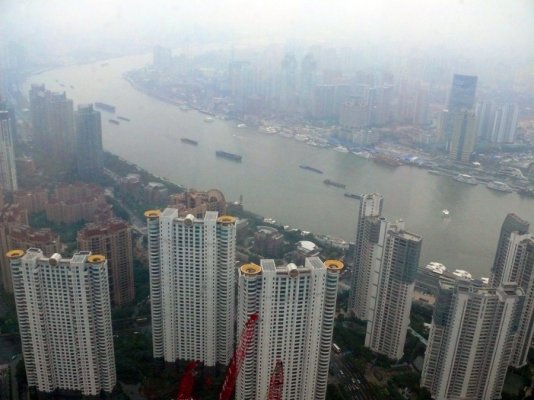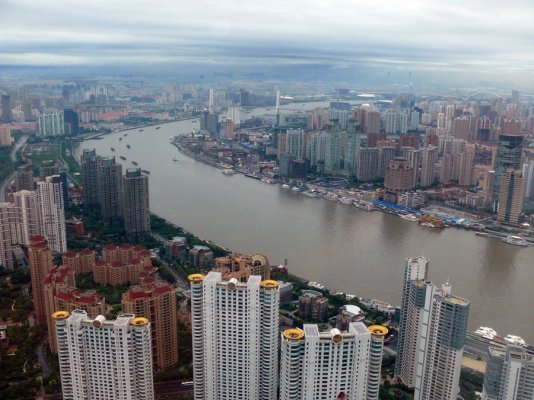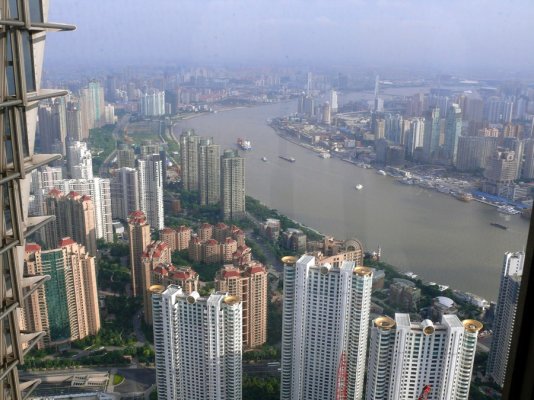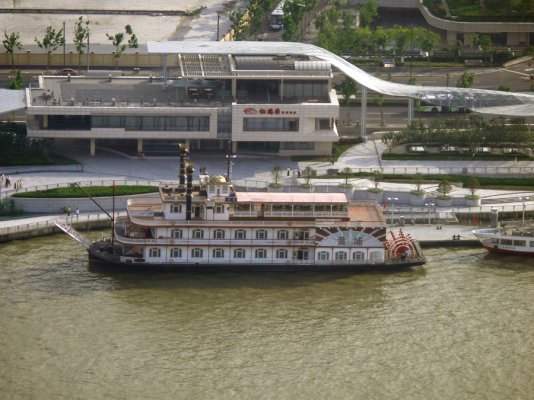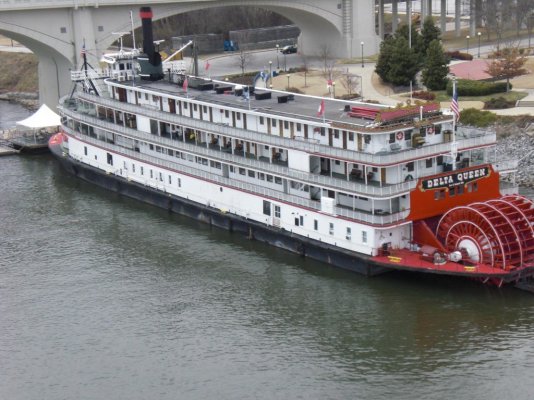Related to the cormorant fishing thread, here are some other shots of boating in China.* The first three shots are from the Li River where we did the fishing.*
But lest one think that Venice is the only town built around a canal system, we shot in one dating from some 1800 years ago.* This town near Shanghai was built up around a canal system dug in from a nearby lake which in turn is connected to a river which in turn is connected to the sea.* Large boats would bring goods and freight from the river or the sea to the lake where it was off-loaded to small boats that carried it to and through the town.
The two nightime shots were taken from my hotel room and show the "modern" side of downtown Shanghai and the "older" or Bund side of Shanghai across the river.* The neon-covered boats are part of a huge fleet of dinner boats that cruise up and down the river between the modern and Bund side every evening.
The third to last photo is of a typical local freighter.* This type of boat in sizes from 60 or 70 feet to 150 or 200 feet are found all over on the coast and on the river systems.
I took the landscape photo on the way to the Li River for our river trip and fishing expedition.* The mountains in the distance are some of the range that the river runs through.* Very unique formations and I have no idea what they are made of or how they are formed.* There are similar formations on the north coast of Viet Nam in Ha Long Bay.* Here, the pinnacles rise straight out of the sea, but they seem to have the same sort of characteristics as the ones here in China.
The last shot is of a Chinese 20 rmb note taken at the spot on the river where the photo that was used for the note was taken.* Actually, the illustration on the note was Photoshopped and combines two different scenes of the river.* The main shot was taken from a helicopter a few miles upstream, but the two peaks shown in my photo were added to the left side of the illustration.
-- Edited by Marin on Wednesday 14th of December 2011 02:56:11 PM
But lest one think that Venice is the only town built around a canal system, we shot in one dating from some 1800 years ago.* This town near Shanghai was built up around a canal system dug in from a nearby lake which in turn is connected to a river which in turn is connected to the sea.* Large boats would bring goods and freight from the river or the sea to the lake where it was off-loaded to small boats that carried it to and through the town.
The two nightime shots were taken from my hotel room and show the "modern" side of downtown Shanghai and the "older" or Bund side of Shanghai across the river.* The neon-covered boats are part of a huge fleet of dinner boats that cruise up and down the river between the modern and Bund side every evening.
The third to last photo is of a typical local freighter.* This type of boat in sizes from 60 or 70 feet to 150 or 200 feet are found all over on the coast and on the river systems.
I took the landscape photo on the way to the Li River for our river trip and fishing expedition.* The mountains in the distance are some of the range that the river runs through.* Very unique formations and I have no idea what they are made of or how they are formed.* There are similar formations on the north coast of Viet Nam in Ha Long Bay.* Here, the pinnacles rise straight out of the sea, but they seem to have the same sort of characteristics as the ones here in China.
The last shot is of a Chinese 20 rmb note taken at the spot on the river where the photo that was used for the note was taken.* Actually, the illustration on the note was Photoshopped and combines two different scenes of the river.* The main shot was taken from a helicopter a few miles upstream, but the two peaks shown in my photo were added to the left side of the illustration.
-- Edited by Marin on Wednesday 14th of December 2011 02:56:11 PM
Attachments
-
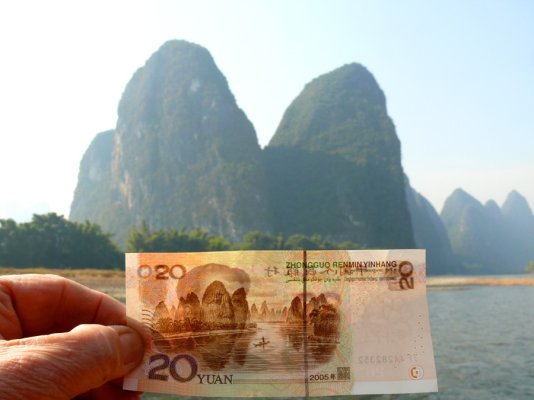 20 yuan.jpg93.8 KB · Views: 90
20 yuan.jpg93.8 KB · Views: 90 -
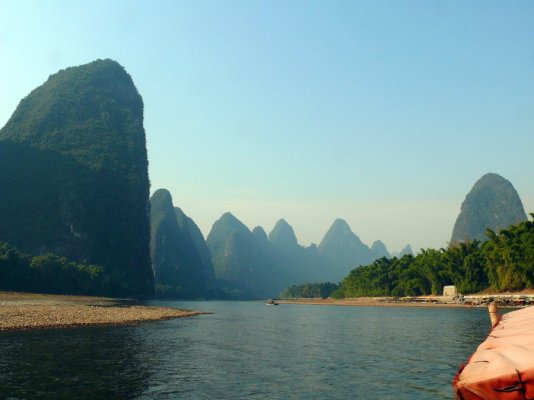 underway li.jpg112.8 KB · Views: 79
underway li.jpg112.8 KB · Views: 79 -
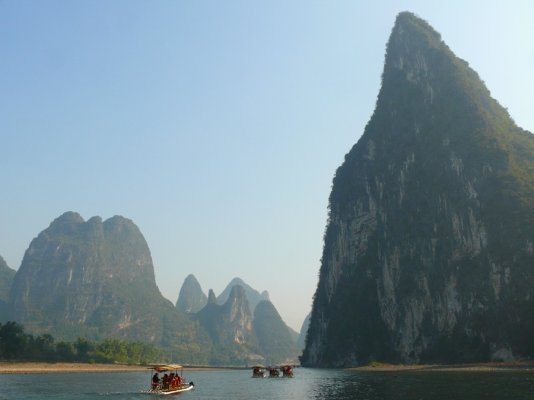 underway li 2.jpg82.5 KB · Views: 76
underway li 2.jpg82.5 KB · Views: 76 -
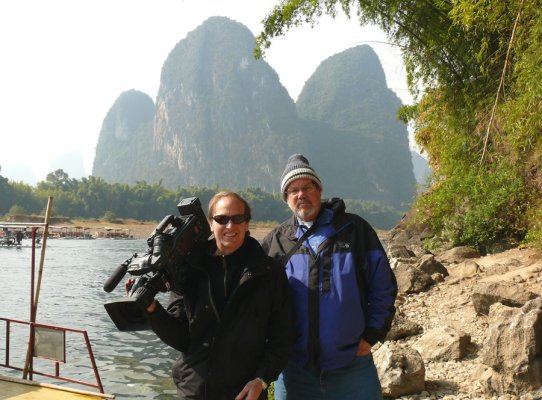 crew.jpg185 KB · Views: 85
crew.jpg185 KB · Views: 85 -
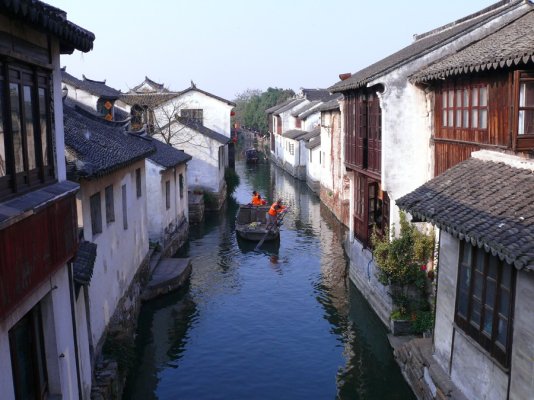 town 1.jpg176.8 KB · Views: 72
town 1.jpg176.8 KB · Views: 72 -
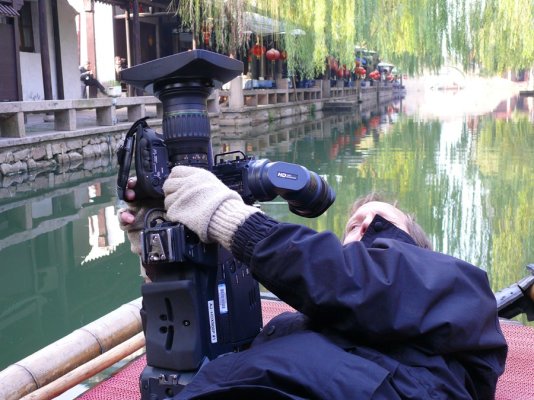 town 2.jpg187 KB · Views: 78
town 2.jpg187 KB · Views: 78 -
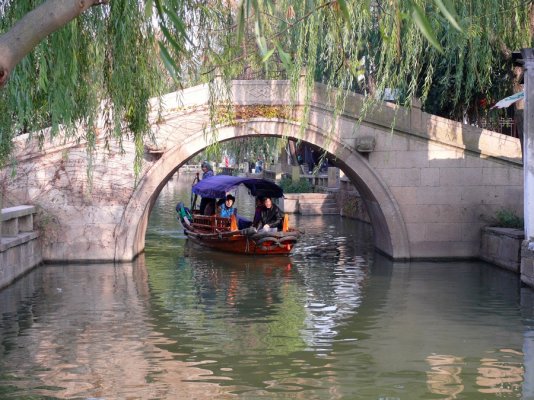 town 3.jpg246.2 KB · Views: 84
town 3.jpg246.2 KB · Views: 84 -
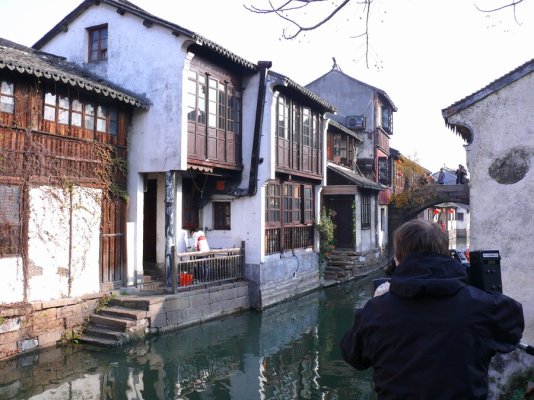 town 4.jpg195.5 KB · Views: 80
town 4.jpg195.5 KB · Views: 80 -
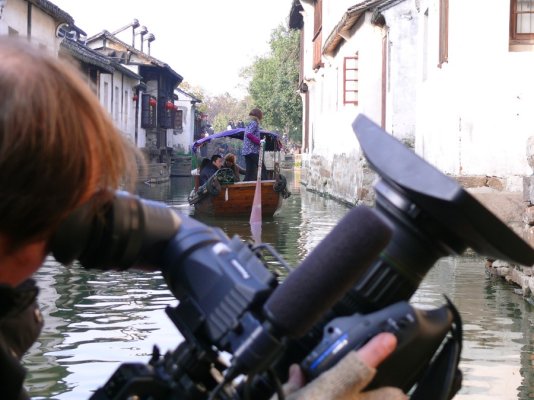 town 6.jpg141.7 KB · Views: 72
town 6.jpg141.7 KB · Views: 72 -
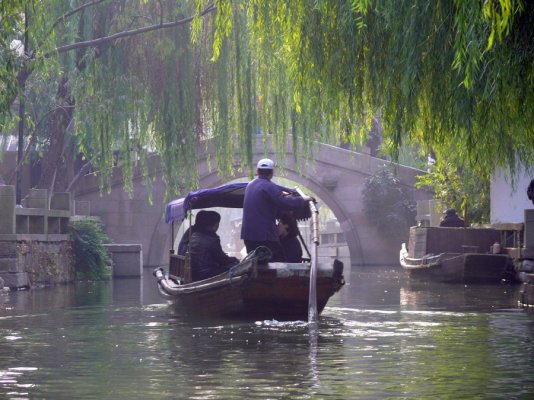 town 7.jpg197.6 KB · Views: 74
town 7.jpg197.6 KB · Views: 74 -
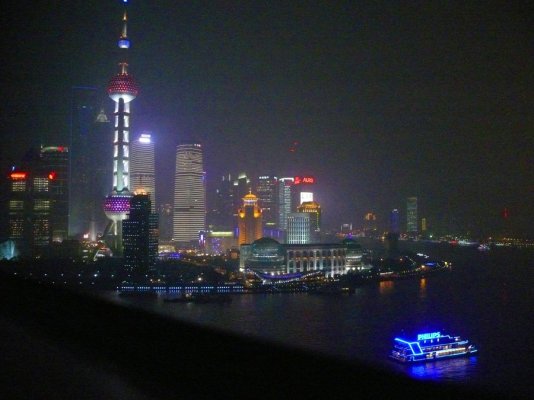 shanghai 1.jpg147.2 KB · Views: 86
shanghai 1.jpg147.2 KB · Views: 86 -
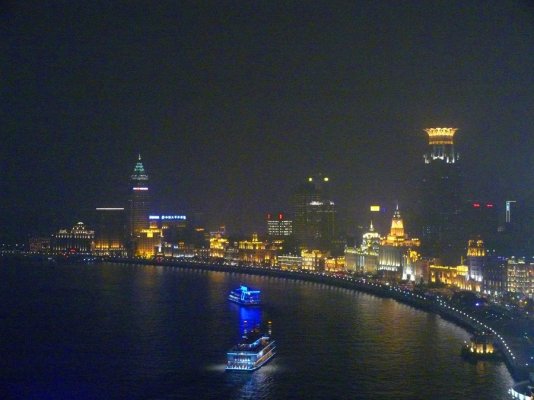 shanghai 2.jpg158.7 KB · Views: 72
shanghai 2.jpg158.7 KB · Views: 72 -
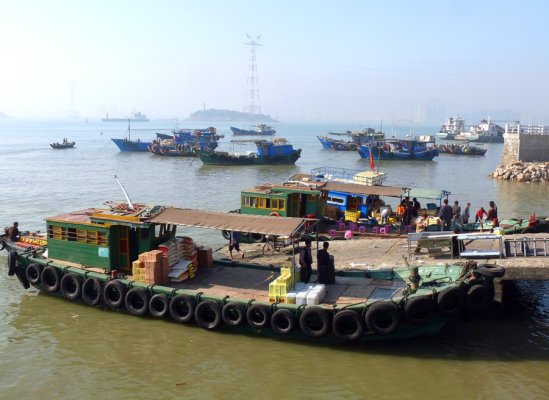 coastal freighter.jpg145.9 KB · Views: 82
coastal freighter.jpg145.9 KB · Views: 82 -
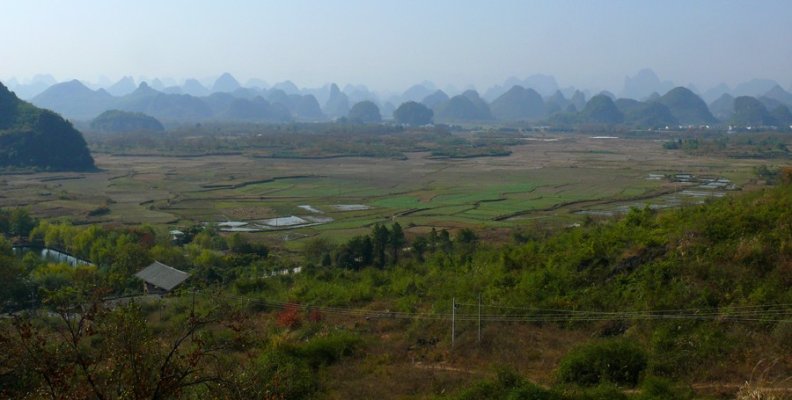 mountains.jpg98.3 KB · Views: 76
mountains.jpg98.3 KB · Views: 76

